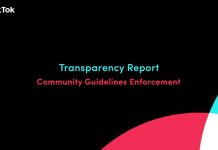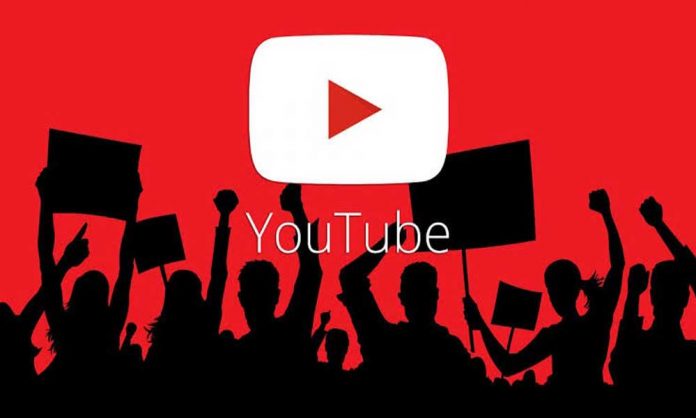Through ads, rentals, live broadcasting apps, and YouTube Premium revenue, YouTube creators within the company’s Partner Program will receive tons of various ways.
Now YouTube eventually provides the creators with the ideas and tricks within the sort of a contemporary monetization parameter named RPM.
RPM, or revenue per mile, may be a twist on traditional statistical YouTube makers currently use CPM, or cost per mile (sometimes called cost per thousand).
They are doing two separate things while the 2 sound identical. For creators who try to grow their channels and determine where their monthly income comes from, RPM is far more useful.
CPM calculates the expense of every 1,000 ad views until YouTube collects its share of income, but RPM indicates the general revenue of a corporation (both from advertising and other fields of monetization) after YouTube deduct its share.
This doesn’t represent a change in what proportion creators do. Instead, it lets developers to think about where they create their profits, and the way they reverse split the market share.
Basically, if CPM may be a metric focused on advertisers, then RPM is tailor-made for creators. For instance , RPM includes the entire number of video views, including unmonetised videos.
RPM is a moment rundown of the pace at which you receive money on this website.
YouTube stars are the self-made celebrities of today people that have gained a following by making material for his or her fans.
Many of those personalities do what they’re doing only to try to to so, scratching an urge for creating something and getting into front of a crowd.
The company is introducing other improvements to form it even simpler for creators to receive more ad money, including supplying creators with exposure to mid-roll advertising on eight-minute videos later this month


























